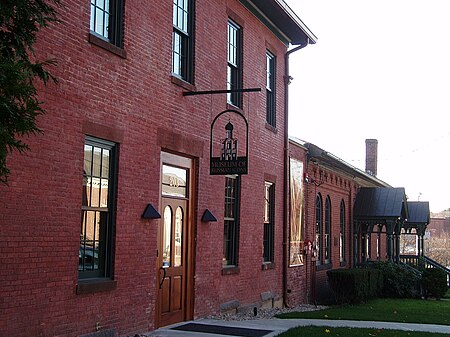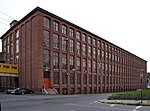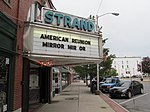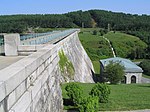Museum of Russian Icons (Clinton, Massachusetts)
2006 establishments in MassachusettsArt museums and galleries in MassachusettsArt museums established in 2006Buildings and structures in Clinton, MassachusettsFormer private collections in the United States ... and 3 more
Museums in Worcester County, MassachusettsRussian-American culture in MassachusettsRussian art

The Museum of Russian Icons is a non-profit art museum located in Clinton, Massachusetts, United States. The collection includes more than 1,000 Russian icons and related artifacts, making it one of the largest private collections of Russian icons outside of Russia and the largest in North America. The icons in the collection range in date from the 15th century through to the present and covers almost the entire range of Russian icon images, symbols, and forms.
Excerpt from the Wikipedia article Museum of Russian Icons (Clinton, Massachusetts) (License: CC BY-SA 3.0, Authors, Images).Museum of Russian Icons (Clinton, Massachusetts)
Union Street,
Geographical coordinates (GPS) Address Phone number Website External links Nearby Places Show on map
Geographical coordinates (GPS)
| Latitude | Longitude |
|---|---|
| N 42.415775 ° | E -71.683472222222 ° |
Address
Museum Of Russian Icons
Union Street 203
01510
Massachusetts, United States
Open on Google Maps










